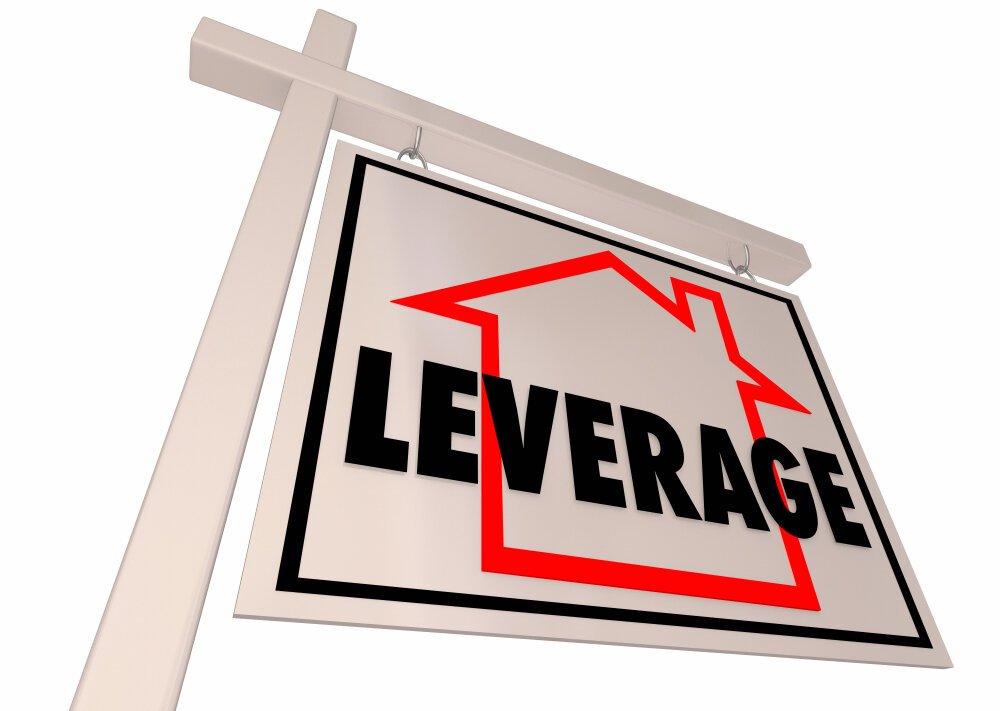Leverage in Real Estate: Types of Leverage Available
In part one of this two-part blog series, we went over some basics on leverage in the real estate world. Leverage refers to an investor's ability to use money that isn't theirs to general income over a period of time, and there are several ways it can be used to an investor's benefit within real estate.
At Fox Financial, we're happy to assist our clients with a wide range of leveraging formats within our real estate investment services, which include everything from passive real estate options to many other areas. In today's part two of our series, we'll go over the different types of leverage you might have available to you, and how to utilize them depending on your needs.
Traditional Mortgages
The simplest and likely most common example of leverage in real estate is a traditional mortgage, where lenders offer low interest rates and reasonable fee structures to homeowners. While there are a wider range of options for managing your mortgage, it's possible to make money with property you already own by simply doing some simple cashflow analysis.
In addition, the appreciation rate over time due to low unemployment and higher wages in most areas can add additional value that may one day be used towards paying off the loan.
Portfolio Loans
Traditional mortgage lenders sell off most of their loans right after they close, but portfolio lenders do things a bit differently. They keep the loan within their own portfolio for a longer period of time, usually to improve the return on their money. In theory, this makes it possible to offer even lower interest rates as well as less strict fee structures.
The borrower is the one who benefits from these factors, since they can receive better terms based off their credit and ability to pay back the loan - both of which can vary significantly.
HELOC
"HELOC" is short for home equity line of credit, and it works almost like a credit card in the sense that you can borrow funds at any point during its set-up. You'll need to maintain a minimum balance amount in your checking account to allow for the draw, and this will typically be $50-$100.
The borrower is also liable for paying interest on the outstanding balance, though it's usually lower than other options like credit cards. However, the benefit is that you can borrow again once a certain amount of time has passed - typically one to 10 years.
Business Lines of Credit
Finally, while many do not realize it, a number of real estate investors qualify for business credit cards or lines of credit by having a business owner's license. Smaller companies that don't offer this type of resource will accept the personal guarantee of the majority owner, which is typically all you need to qualify.
It can be easier to set up for some people - usually with lower approval rates - while it requires less collateral than what's typical in commercial lending. This leads to lower interest rates, which are typically the single largest cost within many small businesses.
Each of these options requires its own considerations before you agree to it, but finding one that works well with your needs shouldn't be too difficult given the sheer number available out there. You can learn more about what Fox Financial in this or other real estate investment areas by contacting our team today.


